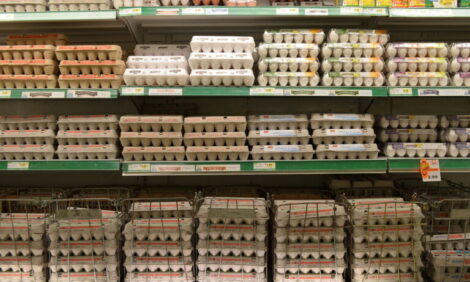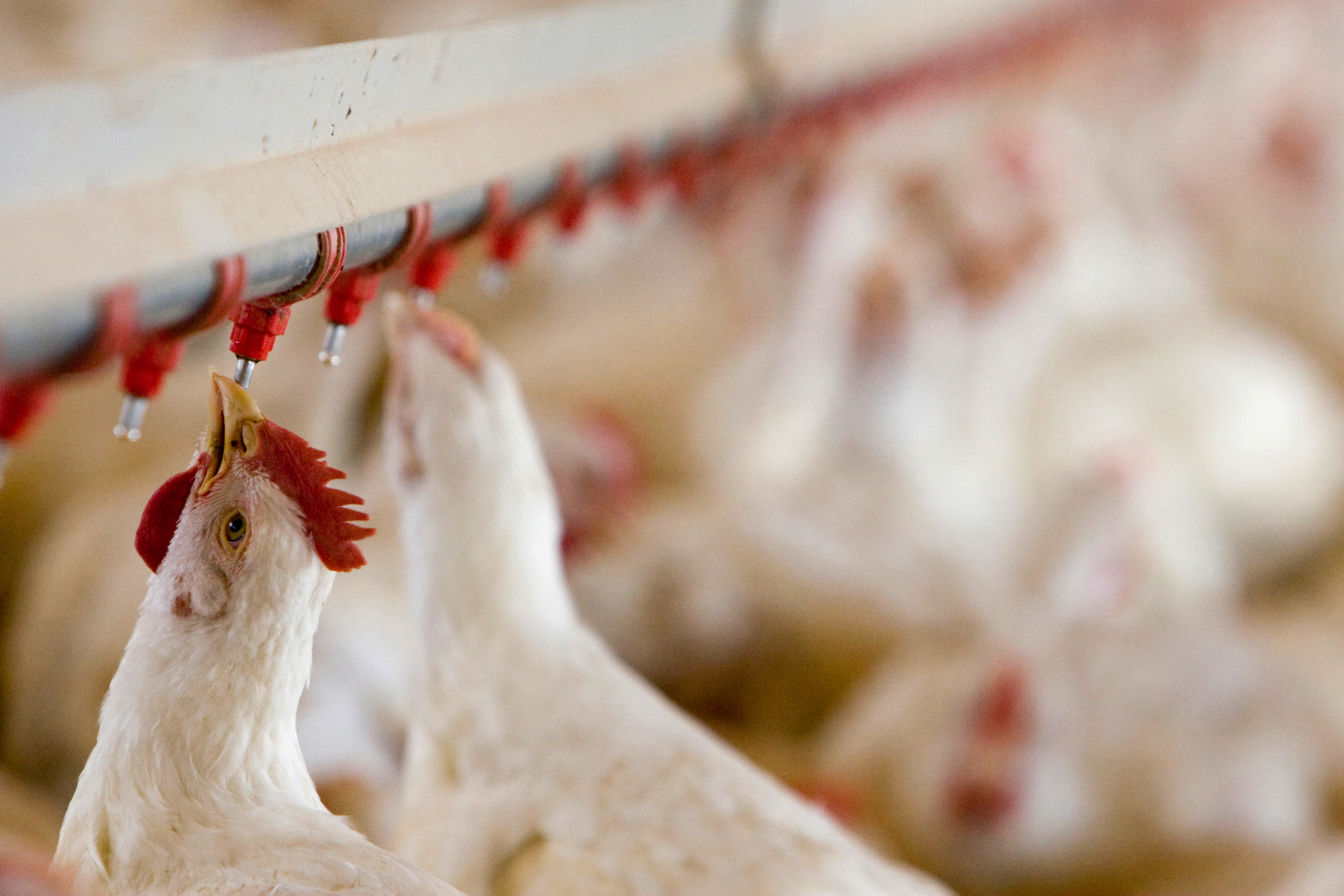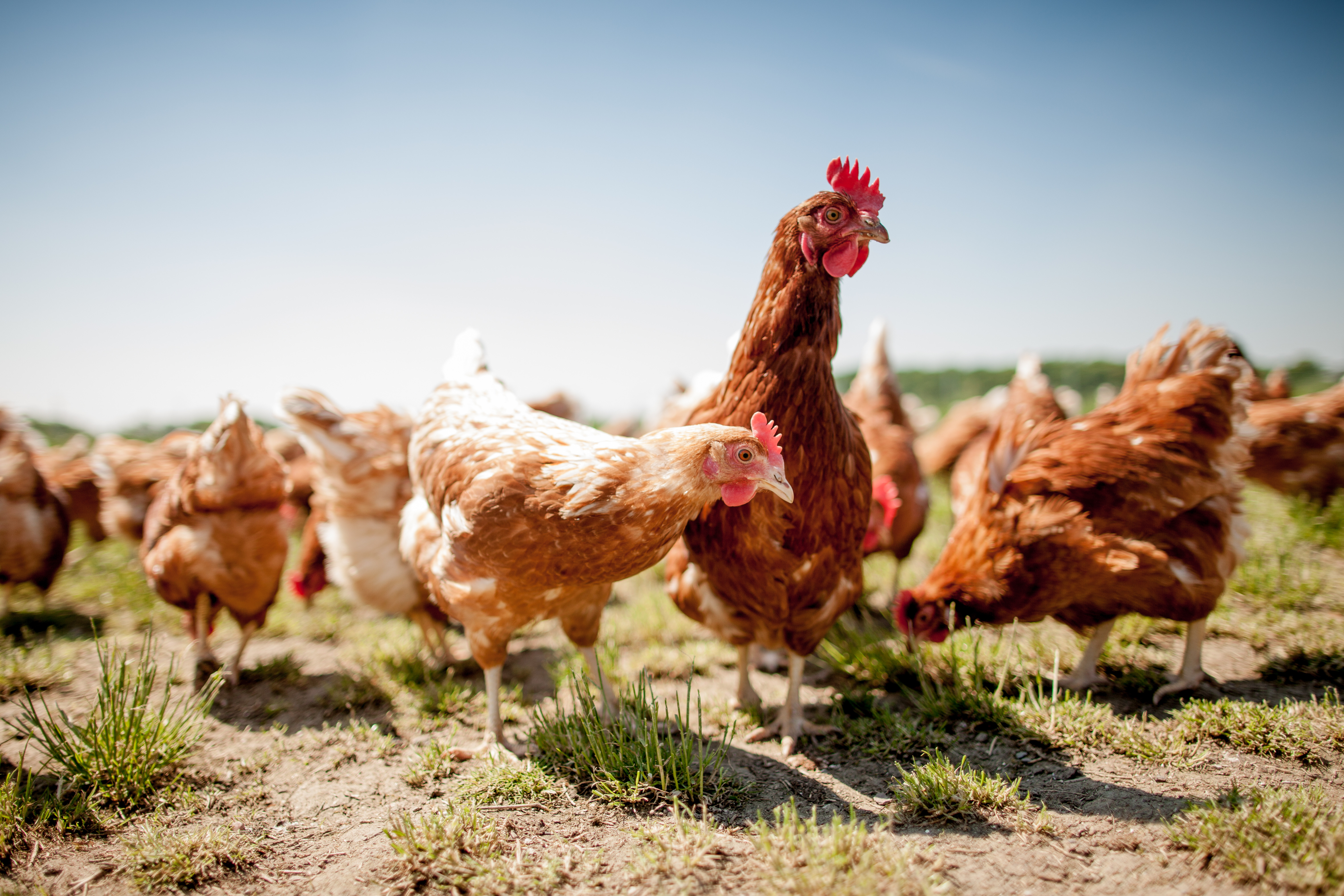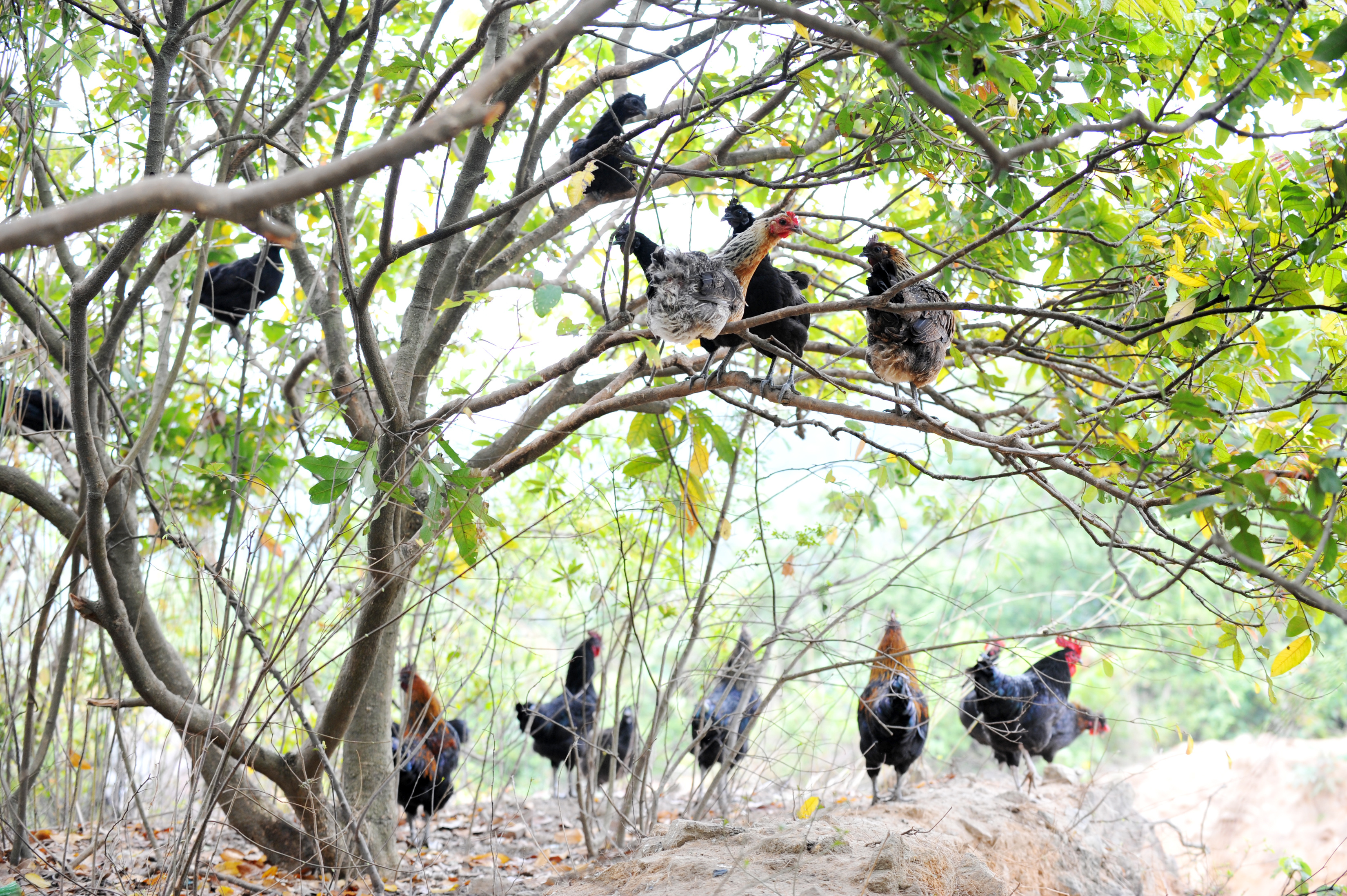



The Chicken Whisperer: what went wrong with my hatch?
The Poultry Site has partnered with The Chicken Whisperer and National Spokesperson for the USDA-APHIS Avian Health Program Andy Schneider to bring poultry podcasts and expert insight to help you better manage your flock.Part of Series:
Next Article in Series >
In this podcast, poultry research specialist and hatchery consultant, Becca Wysocky, from North Carolina State University discusses the basics of incubation and hatching, and offers some probelm-solving tips to listeners.

Problems while hatching
The chick never pipped, but is fully grown inside the shell – what happened?
In this case, there are different explanations. If only one or two chicks in the incubator don’t hatch, but the majority of the brood pipped without any problems, Wysocky doesn’t see any reason for alarm. If only 50 percent of the brood grew and hatched, then there could be an issue. She suggests close examination of the shells and opening up the unhatched eggs. This will let growers know if there was a fertility issue, and early dead issue or if the chicks died later in development.
When examining the inside of the shell, look at the bottom (smaller end). If it looks like the vasculature didn’t form properly, then the incubator might have a turning issue. When examining the bodies of the chicks, there are indicators to look for. If they have black belly buttons, that means the temperature was too high in the incubator. It could also be indicative of an infected yolk sac. If some of the chicks are yellow and others are white, then there’s a hot spot in the incubator.
Wysocky also suggests that growers look at how the chicks’ bodies are laid out in the shell. If the beak is under the left wing, then the chick developed upside down. This type of malposition indicates that there were issues with overheating and ineffective turning.
After candling my eggs, it looks like they died in the first ten days of development. What went wrong?
Wysocky says that if this is the case, then it usually means that the temperature in the incubator was too low. She also encourages growers to look at the chick’s down – if it appears to be matted and sticky, that means that there was a turning issue in the incubator during the first four-eight days of development. If the embryos had significant development issues (like multiple heads and beaks or an odd number of legs), then there was both a temperature and turning issue.
The chick pipped through the shell but died without leaving the egg
Even though it’s incredibly difficult to watch a chick in difficulty while pipping, Wysocky urges listeners not to help the chick. From her perspective, growers need to make sure that the chick’s lungs and other body systems have developed when it hatches. Removing the chick from its shell prematurely could damage its vasculature; making it a weaker specimen in the long term. In terms of trouble shooting, Wysocky says that if the chick pipped through the shell, but died inside the egg after 24 hours, there might be a humidity problem in the incubator.
Listen to the full podcast here.














